How the Buddha became a Christian saint
 |
| The Golden Legend |
It was available in over 60 versions in the main languages of Europe, the Christian East, and Africa. It was most familiar to English readers from its inclusion in William Caxton’s 1483 translation of the Golden Legend.
Little did European readers know that the story they loved about the life of Saint Josaphat was in fact that of Prince Siddhartha Gautama, who [at age 35] awakened to become the Buddha, "the Enlightened One," the founder of Buddhism.
This can't be true, can it? Barlaam and Josaphat: The story of Barlaam and Josaphat is a Christianized and later version of the story of Siddhartha Gautama, who became the Buddha at age 35 [2]. The [Jataka] tale derives from a 2nd to 4th century Sanskrit Mahayana Buddhist text, via a Manichaean version [3], then the Arabic Kitāb Bilawhar wa-Būd̠āsaf ("Book of Bilawhar and Budhasaf"), current in Baghdad, Iraq (formerly Mesopotamia) in the 8th century, from where it entered into Middle Eastern Christian circles before appearing in European versions. More
Albert Einstein prays for inspiration
The ascetic life
According to the legend, there once reigned in India a king called Abenner [King Suddhodana in Theravada Buddhist texts known as the Pali canon], immersed in the pleasures of the world.
When the king had a son, Josaphat [the Bodhisat or "Being-bent-on-supreme-enlightenment"], an astrologer predicted that he would forsake the world.
To forestall this outcome, the king his father ordered a city [the three seasonal capitals of Kapilavatthu] to be built for his son from which were excluded [any reminders of] poverty, disease, old age, and death.
But [the Prince] Josaphat [eventually] made journeys outside of the city, where he encountered, on one occasion, a blind man and a horribly deformed one and, on another occasion, an old man weighed down by illness. He realized the [radical] impermanence of all things:
"No longer is there any sweetness in this transitory life now that I have seen these things… Gradual and sudden death are in league together."
While experiencing this spiritual crisis, the sage Barlaam from Sri Lanka reached Josaphat and told him of the rejection of worldly pursuits and the acceptance of the Christian ideal of the ascetic life.
Prince Josaphat was converted to Christianity [which took its monasticism from Buddhism, which preceded it by at least six centuries] and began to practice the ideal of the spiritual life of poverty, simplicity, and devotion to God [Brahman, the "Ultimate Reality"].
Author Philip C. Almond is emeritus professor of the History of Religious Thought at the University of Queensland. Disclosure statement: Philip C. Almond does not work for, consult, own shares in, or receive funding from any company or organization that would benefit from this article and has disclosed no relevant affiliations beyond his academic appointment. Partners University of Queensland University of Queensland provides funding as a member of The Conversation AU. View all partners CC BY ND We believe in the free flow of information Republish our articles for free, online or in print, under a Creative Commons license. Republish this article Copy link Email X (Twitter) Bluesky Facebook LinkedIn WhatsApp Print
- Prof. P.C. Almond, Univ. of Queensland, July 12, 2020; Dhr. Seven, Pat Macpherson, Eli Win (eds.), Wisdom Quarterly
























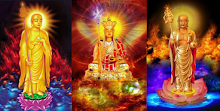



















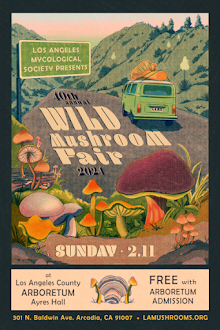

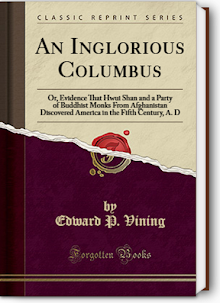













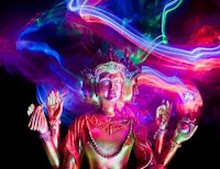









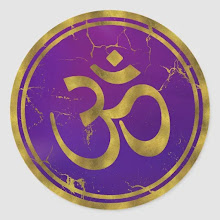





















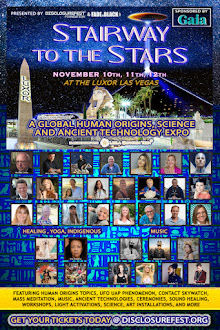
























































































































































No comments:
Post a Comment